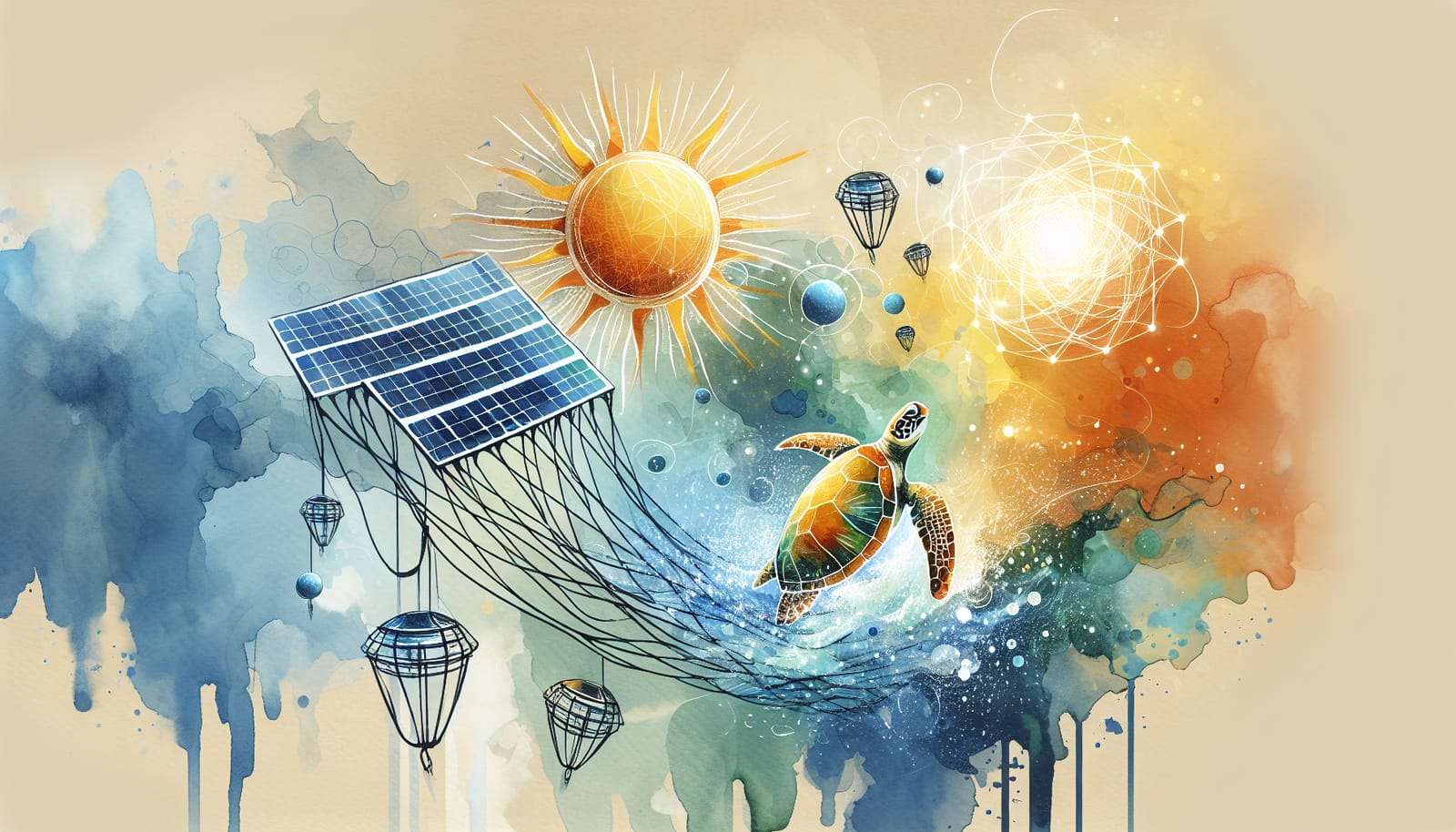As sea turtles face the challenge of potential extinction, conservation efforts are bringing a ray of hope. Among the various threats these magnificent creatures encounter, entanglement in fishing gear stands out, compounded by the impacts of climate change and habitat loss. To address this, dedicated initiatives are underway to minimize the risks of entanglement.
In beautiful coastal North Carolina, where the Endangered Species Act has placed significant limitations on commercial fishing, local fishermen have experienced challenges. Eddie Willis, a fourth-generation commercial fisherman, reflects on the changes, stating, “It shut down the gillnetting here and there was a lot of people dependent on that.” This has understandably led to tough times for many in the fishing community, creating a gap in trust between conservationists and fishermen.
However, there is a silver lining! Researchers at Arizona State University's Senko Lab are working diligently to mend these relationships and foster collaboration. Jesse Senko, an assistant professor in the School of Ocean Futures, leads a passionate team focused on innovating fishing gear to make it safer for sea turtles, sharks, and other vulnerable species. The team's approach emphasizes partnership with local fishers, asking, “How can we actually improve the way their fishing goes?” This collaborative spirit is not just about protecting wildlife, but also about enhancing fishing operations and supporting livelihoods.
Recently, the team experienced a breakthrough while collaborating with local fishermen in Mexico's picturesque Sea of Cortez. The Amador brothers, Juan Pablo and Felipe Cuevas Amador, proposed the idea of illuminating fishing nets, which turned out to be a brilliant suggestion. Their research demonstrated that using green LED lights on fishing nets could decrease the entanglement of turtles and other unintended species by an impressive 63%. This innovation not only benefits the turtles but also streamlines the fishing process, allowing fishers to retrieve and disentangle their nets more efficiently.
Senko expressed his excitement about the results, noting, “It’s a win-win in the sense that you’re getting a light that lasts significantly longer, and it also seems to reduce bycatch just as effectively as lights that require replaceable batteries.” The research team has transitioned to using solar-powered LED lights, which are more sustainable and require less maintenance.
As they continue their experiments along the Carolina coast, graduate students work diligently, attaching lights to the nets each day and removing them the next to evaluate the number of animals caught on illuminated versus non-illuminated days. They also take the opportunity to rescue any marine life that becomes entangled overnight, showcasing their commitment to protecting these wonderful creatures.
Excitingly, they are documenting sea turtle behavior using underwater cameras, which will provide valuable insights into how light affects their interactions with fishing gear. Senko remarked, “We have no clue what is going on,” expressing eagerness to uncover new behavioral patterns.
The team’s research findings have been published in the journal “Conservation Letters,” but there's still much work ahead. Senko is passionate about refining the design of the illuminated nets, aiming to make them affordable for small-boat fleets, with hopes of making them commercially available in the next few years. This could lead to grants and subsidies for fishers eager to adopt this innovative gear.
The response from fishing communities has been overwhelmingly positive. The Amador brothers expressed their gratitude for being included in the research process, which has made them more invested in using the lighted nets. “They took us into account and gave us the freedom to give our opinions and make modifications,” Juan Pablo shared.
Senko noted that involving fishers in the innovation process is where “the real magic happens.” This collaborative approach not only fosters trust but also encourages fishers to share their experiences with their peers, amplifying the impact of this initiative.
After completing the experiments, the Amador brothers were so enthusiastic that they requested to keep the lighted nets. “When I heard that, I knew we were onto something,” Senko recalled, and since then, they have been fishing with these lights, becoming pioneers in the use of solar-powered illuminated nets.
With a remarkable 63% reduction in sea turtle bycatch as a foundation, Senko is optimistic about the future. “My goal is: How do we get that 63% reduction to a 95% reduction?” he said, envisioning a brighter future for both sea turtles and fishing communities.
In this inspiring story of collaboration and innovation, we see the potential for positive change and the beauty of working together for a common cause.


